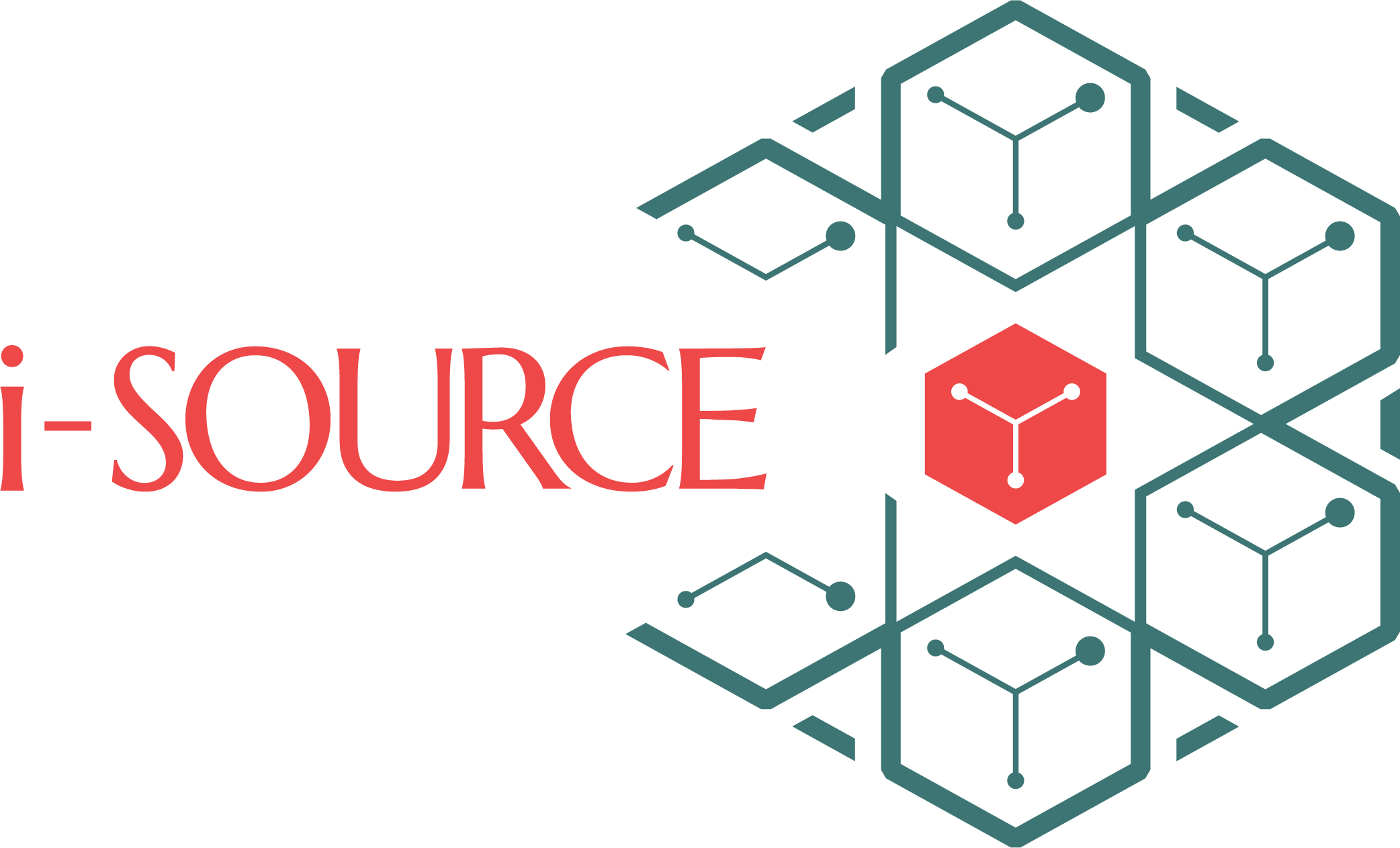Momentum for automation in the business world
Ever since computerization of business processes began, the search had been for enhancing productivity and efficiency further. Process automation has been the gradual answer to that. While the momentum had been gathering for some time, the pandemic only helped bring the need for automation into sharper focus.
The need for automation has intensified as businesses are faced with tremendous financial pressures while abruptly transitioning their teams to remote work. Revenues were hit, staff had to be laid off, capacities were reduced, remote work became the norm rather than an occasional exception. Against this backdrop, enterprises had to find ways to cut costs, boost efficiencies.
These challenges have forced enterprises to shift their perspective of automation from “explore” to “execute”. Organizations with set automation solutions were better able to soften the impact of various disruptions on their bottom lines. Automation enables the journey towards digital transformation by standardizing processes and enabling businesses to scale in a cost-effective way. On the last two years, the pandemic has forced enterprises to quickly adopt process automation to boost operations.
Automation can be implemented in a variety of techniques such as BPA, RPA, IPA and iPaaS. Let us take a look.
Business Process Automation – BPA
Business process automation is about automation of end-to-end business processes. BPA software enables process users to visualize and automate their processes and workflows via a GUI. They are hence referred to as low-code automation solutions because end-users are not required to write code to create the automation. BPA is often implemented together with RPA and iPaaS tools, where it facilitates the synchronization of individual process automations, integrates various data sources, and enables end-to-end business processes.
Integration platform as a Service – iPAAS
iPaaS are automation solutions that integrate disparate software applications deployed across environments. Due to its architecture, iPaaS used to be considered mainly as an integration platform for cloud-based applications. Over time, a hybrid variety of iPaaS that spans across Private and Public Cloud and on-premises environments, for small to large enterprises, has gained adoption. Like with any Platform-as-a-Service offering, an iPaaS solution provides servers, infrastructure data, as well as tools for building the integrations and middleware.
Intelligent Process Automation – IPA
As business leaders and technologists acquire deeper understanding of the limitations and constraints of RPA, there is increasing application of AI & ML based tools that not only provide complete automation solutions but are better able to adapt to process complexity and frequent changes.
Robotic Process Automation – RPA
An RPA tool provides a combination of user interface and automation scripts or bots to automate routine, repetitive tasks. RPA is best suited for automating specific, individual tasks, where absence of API’s leads to a constraint in connecting applications. While RPA does require programming intervention, increasingly use of low-code / no-code tools, that do away with the need for programming effort, is in use. It is not ideal for tasks that keep changing, as it would call for frequent tweaks to the bot code, or for automating end-to-end processes, where BPA is better suited.
Limited scope processes such as admin & reporting, customer support, data migration, capture, and analysis, are the best candidates for RPA.
RPA benefits
The benefits of RPA are seen on various fronts. The target tasks are repetitive and time-consuming, and introducing RPA can reduce time devoted by an employee for completing the task/s. Since it eliminates monotonous effort, RPA helps enterprises graduate their staff from non-productive tasks to more complex work that is more challenging and value-adding, thereby giving employees a sense of fulfillment and job satisfaction. While productivity is the most obvious benefit of RPA, standardization and improving accuracy and compliance of processes are other advantages.
Global RPA adoption
It is expected that by 2023, 90% of large organizations would have deployed RPA in some form, up from about half that number three years back. a major chunk of those that have deployed RPA take the next step forward towards IPA, by introducing AI, ML and NLP. Beyond 2023, even the laggard adopters will begin evaluating and experimenting with RPA. If current RPA growth rates continue, it is believed that within the next 5 years, RPA will achieve virtually universal adoption.
Industries leading the adoption of RPA will be IT, Banking, and manufacturing, though other industries are also accelerating the pace of adoption. Regulatory reporting is the prime driver for Banking, with IT and telecom, a need for digital transformation will push the interest. Manufacturing and logistics will be driven by rising data complexity, while pharma & healthcare are expected to grow in adoption due the rising demand for improving staff productivity, in the light of the staff shortage precipitated by the pandemic.
Growth Drivers behind RPA, constraints to adoption
Over the coming years the demand for digitalization of business processes and automation to enhance productivity, increase efficiencies and reduce operational costs will continue to be strong. Technology paradigms and solutions such as Cloud and automation will lead the path. There will be high demand for handling complex and unstructured information across various industry verticals, which will further boost the need for innovative technologies such as AI and ML.
RPA implementation is a complex and time-consuming process, which results in high upfront investments and lag time before RoI could be expected. Especially for smaller organizations, the cost of automation solutions – from software to services to inhouse workforce for customizations and modifications, will be the main challenge to adoption.
Selection of RPA tools vendor, implementation partners
There is a wide choice of RPA solutions available today, depending upon industry vertical and segment. Each has different capabilities, limitations, and advantages. Most businesses have built an intricate combination of applications, databases, and infrastructure, making RPA implementation, and by relation, choice of technology, a complex decision.
There are large, independent software providers such as UiPath and Automation Anywhere, mid-size vendors like AntWorks, generic software companies that also have an RPA offering, like Microsoft and SAP, technology services companies such as Cognizant and Infosys, and Intelligent BPMS software vendors such as Kofax and Pegasystems. The start point step in your RPA journey would be to understand the vendor landscape and shortlist the best-fitting technology / vendor for your business. Also to be evaluated are the maturity of the product and the commitment of the vendor to further development and innovation. Technical support is an equally crucial aspect.
Automation Trends
RPA as a technology has fairly matured and returns on investment are increasingly being achieved. With rising success, more and more enterprises are jumping on to the RPA bandwagon. Through this, several trends are being observed, that will influence further development of the RPA technology.
- RPA will witness deeper integration with AI and ML, in order to get closer to mimicking human behavior and execute difficult tasks.
- It is expected that RPA rollouts will be faster, and no-code low-code solutions will find higher traction. There will also be a corresponding rise in demand for programming skills for customizing bots for better fitting the needs of an enterprise.
- There is a multitude of RPA offerings in the market, specialized towards specific industries and segments. As with any maturing industry, this is leading to increased M&A activity. The coming years will see a major shift towards vendor specialization.
- IPA will continue to grow, driven by increased maturing of technologies such as AI and ML.
- Not just the rate of adoption, but the quantum of investments being made in RPA will go up in the future.
- Given the ease of low-code, no-code solutions, more enterprises will initiate technology projects with minimal vendor / IT assistance.
- Hyperautomation is the method of automating business processes on a wider organizational scale. The objective is to streamline processes across the company a combination of IPA and RPA tools.

